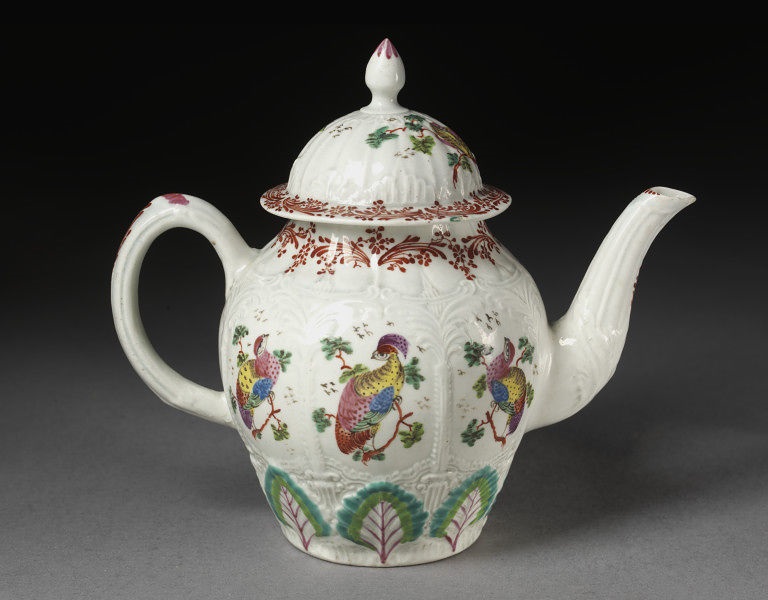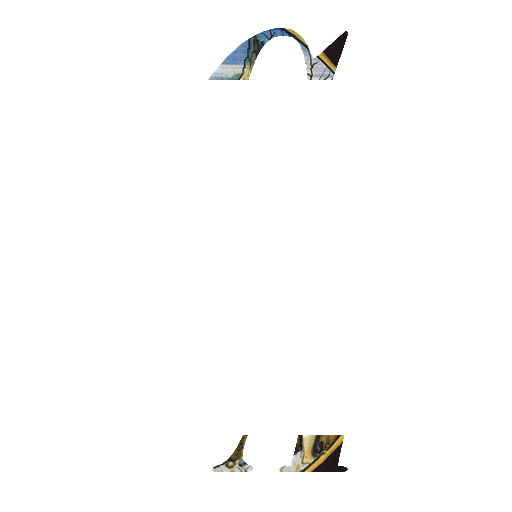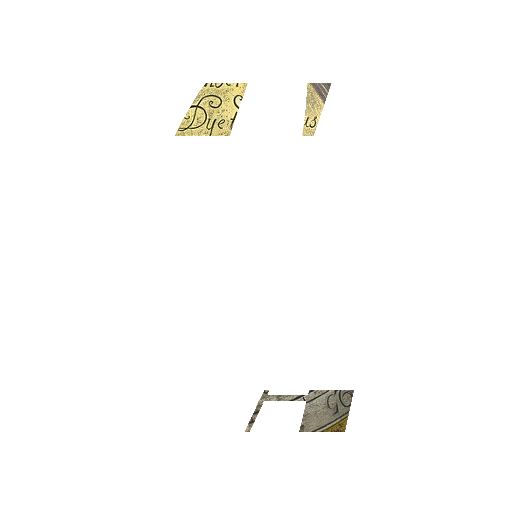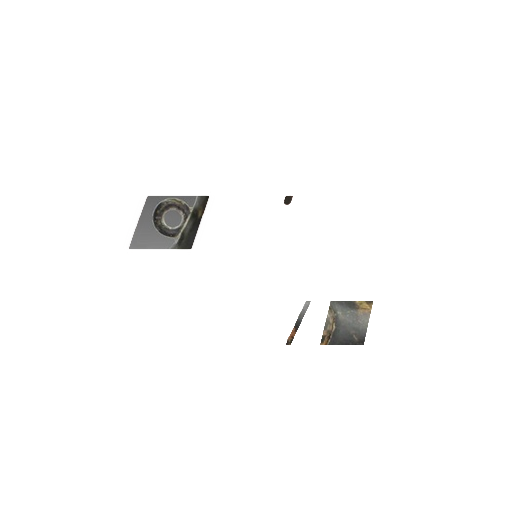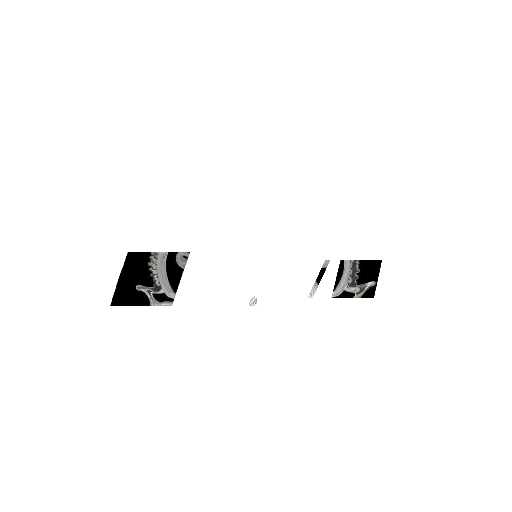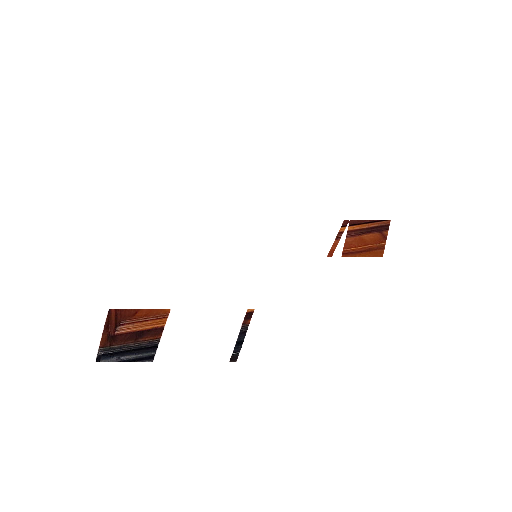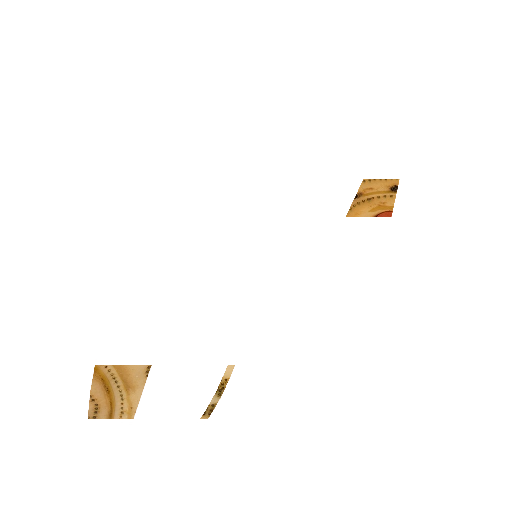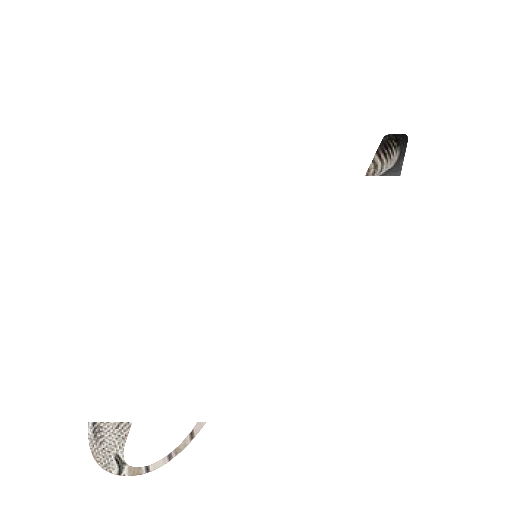Liverpool porcelain is mostly of the soft-paste porcelain type and was produced between 1756 and 1804 in various factories in Liverpool. Tin-glazed Delftware had been produced in Liverpool from 1710 at numerous potteries, but some then switched to making porcelain. A portion of the output was exported, mainly to North America and the Caribbean.
The factories produced a great variety of wares and some figures. However the main production was blue and white soft porcelain with the fashionable Oriental designs. Some printed wares, over and under glazed, were made as well as polychrome decorated pieces.
Liverpool porcelain is characterized by foot-rims vertical or undercut on the inner surface; flat bases to mugs; areas of blue ground marbled in gold; a blued glaze giving a 'thundercloud' effect where thick under the base. There are no factory marks for the Liverpool concerns although a mark on later wares is sometimes seen in under-glaze blue with the initials HP.
The factories included:
Richard Chaffers made soapstone-type porcelain featuring mainly Oriental designs at Shaw's Brow until 1765. The porcelain resembles Worcester porcelain. Most of the plates made by the factory are octagonal, and some tea and coffee sets are six-sided. A common product was a bulbous mug with an incised cordon above the foot, enamelled with a Chinese scene in polychrome. Philip Christian & Co took over the factory when Richard Chaffers died and produced similar designs until 1778.
Next door to Chaffers, Samuel Gilbody took over his father's earthenware business and switched to the production of enamelled porcelain at his "China Manufactory" on Shaw's Brow, Liverpool, from about 1755 until his bankruptcy in 1760. His factory is probably one of two shown on an 1769 map of Liverpool.
The third manufacturer was William Reid of Brownlow Hill. On 12 November 1756 his first advert for porcelain produced in Liverpool appeared in the Liverpool Advertiser. He used an underglaze blue Oriental designs on an almost opaque body. It read:
The company went bankrupt in June 1761 but the business continued under William Ball, before it was sold in July 1763 to Thomas Lewis, and was then leased to James Pennington and Co. The Pennington family, James, John and Seth continued to produce porcelain on the site until around 1767/1768 when they moved the factory to Park Lane until 1773. John Pennington also had two porcelain Factories: Copperas Hill c. 1770–79 and Folly Lane 1779–86 which was continued by his widow Jane until 1794.
William Ball used a soapstone porcelain with a glossy glaze to give a shiny ('sticky') appearance, as did the Penningtons, to his Chinese patterns with a blue under-glaze.
For a short time, at the close of the eighteenth century (1790–95), the partnership of Thomas Wolfe with Mason & Lucock made hybrid-hard-paste porcelain of a type first produced at New Hall in Staffordshire, at the Islington China Works.
The Herculaneum factory was established in 1796 by Samuel Worthington at first producing some earthenware and stoneware with workers from Staffordshire but produced some porcelain, mainly tea-ware around 1800.
Richard Chaffers Factory, John Cheere, circa 1757-1760
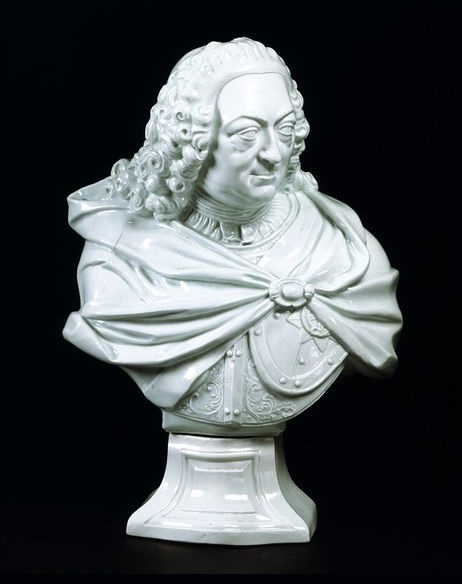
Richard Chaffers Factory, circa 1756-1760
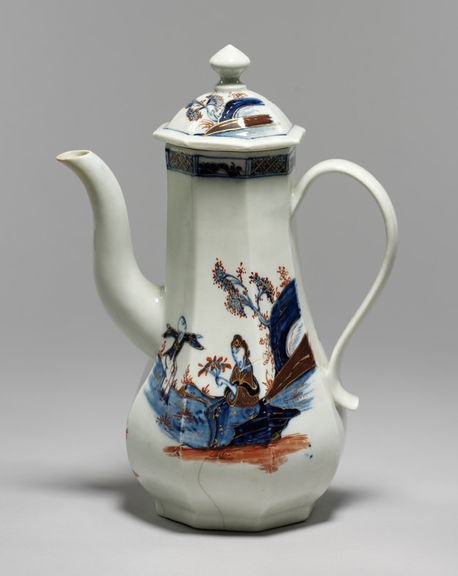
Shaw's Brow pottery, Samuel Gilbody, circa 1758-1760
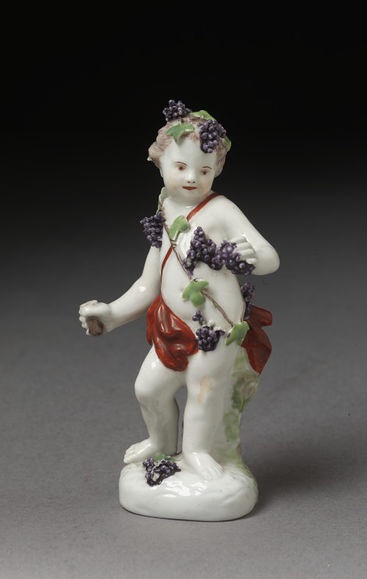
Shaw's Brow pottery, Samuel Gilbody, circa 1758-1760
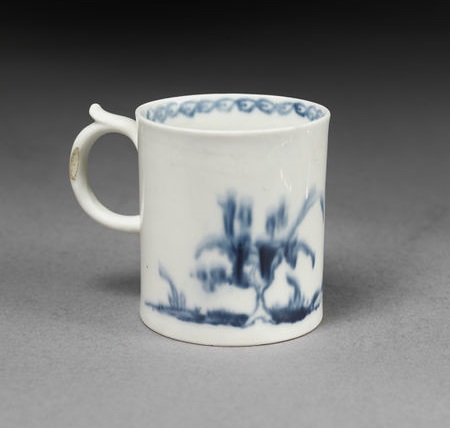
William Reid & Co., circa 1756-1760
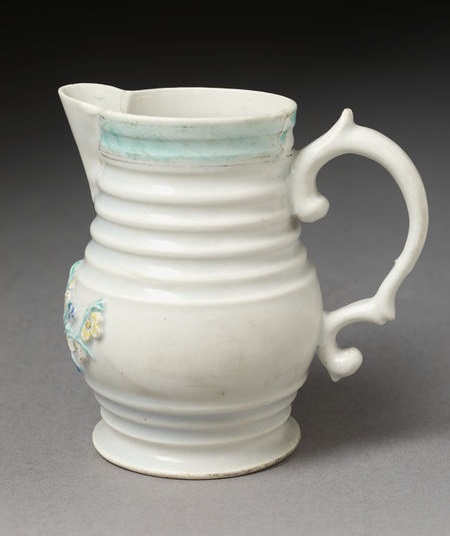
William Reid & Co., circa 1756-1758
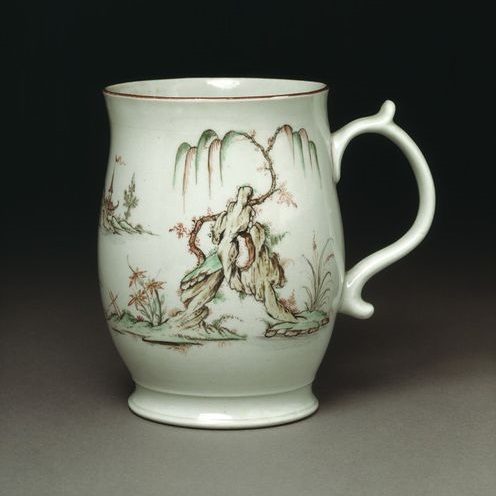
James Pennington's factory, circa 1765-1770
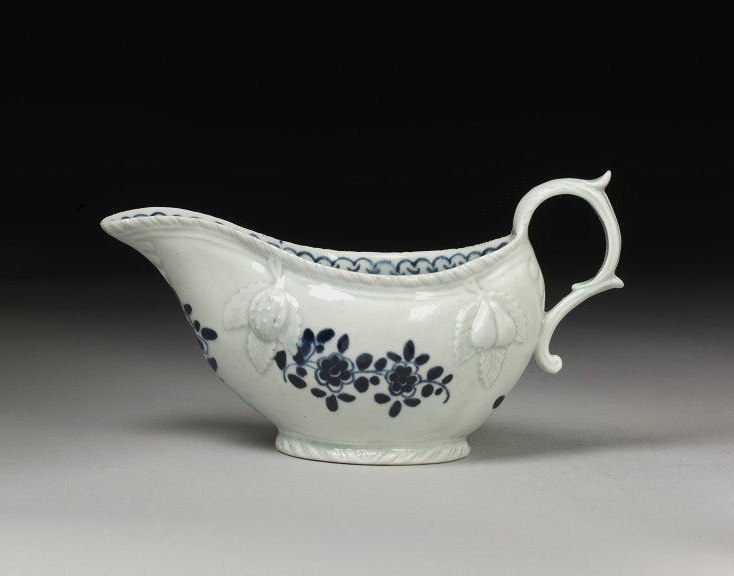
James Pennington's factory, circa 1770-1775
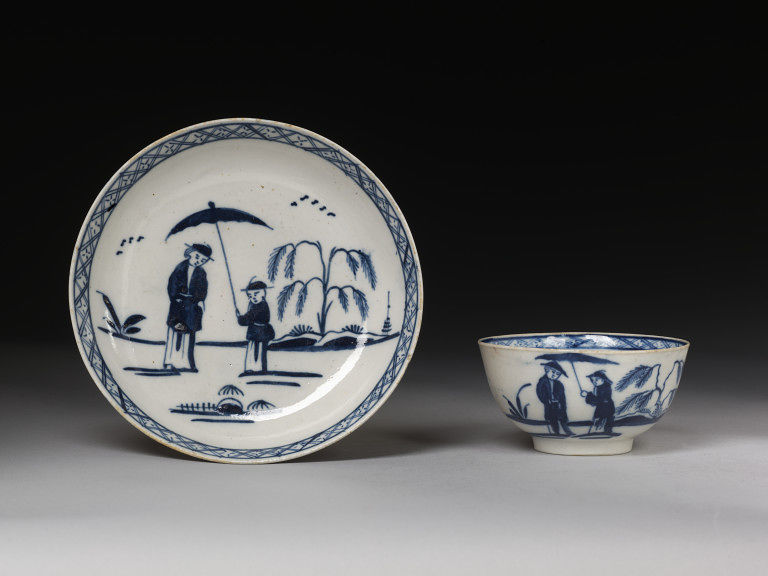
John Pennington's factory, circa 1770
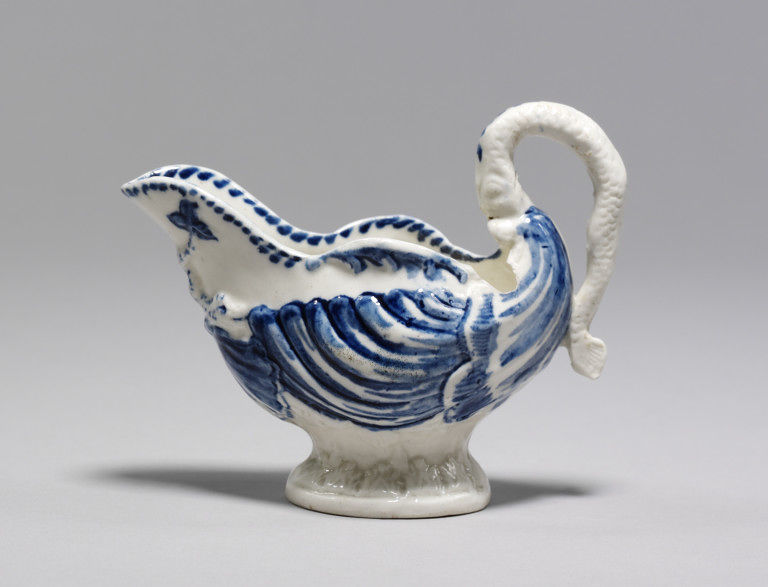
Seth Pennington's factory, circa 1780
